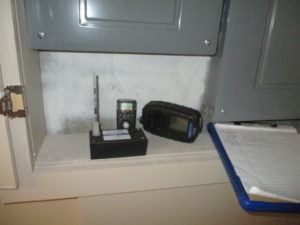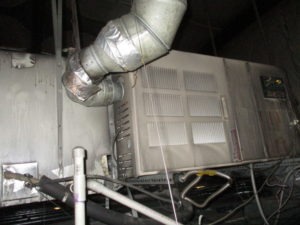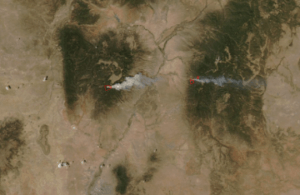
Insurance Work
Our services help the insurance professional determine the extent of cleaning that must occur following a fire.
Fires can be a source of great comfort and enjoyment. Who doesn’t like the crackle of the flames in a fireplace on a cold winter day or the dancing of flames during a campfire on an outdoor outing?
For those who have experienced a house fire or have had a wildfire or other major combustion event occur upwind from their home or business, fire and its affects can lead to serious discomfort, health concerns and even the byproducts from fire can damage your property and personal belongings.
According to the National Fire Protection Association, an estimated 374,000 U.S. homes catch fire annually. That is not to mention businesses or property simply affected from wildfire smoke or other nearby fires. The IEP Group has the expertise to evaluate your home or business following a fire.
When you contact The IEP Group, our professional consultants will help you determine the best approach for your assessment needs. Is a simple carbon black analysis sufficient to determine positive contamination? Or do you need specialized microscopy and other analysis? Our detailed sampling plan for bulk samples shall consider entry points, interior surfaces and contents, HVAC systems, attic spaces and exterior surfaces.
Bulk samples of settled materials are collected from suspect surfaces utilizing various collection methods, including but not limited to wipe and vacuum techniques. Samples are submitted under chains of custody to a qualified laboratory for particle analysis. Samples are typically analyzed using Polarized Light Microscopy (PLM). In order to ensure a reasonable degree of scientific certainty, epi-Reflected Light Microscopy (RLM), Transmission Electron Microscopy (TEM, by methods ASTM D3849 and/or ASTM D6602), Scanning Electron Microscopy (SEM) and/or Energy Dispersive X-ray (EDX) may also be employed.
In addition to the collection of bulk samples, there are times when evaluating for chemical components of smoke and fire by-products is a useful approach. There is not any one chemical or compound that alone is an indicator of smoke contamination. However, there are several primary and secondary indicators that are a part of smoke contamination in many situations. The primary indicators are those that best meet all the essential criteria. There are many more chemical compounds that can provide valuable information about other aspects of fire contamination. Primary indicators may include:
Secondary indicators do not fully meet one or more of the essential criteria but can be used to support fire identification as well as other parameters such as fuel material or projected dissipation profile. Secondary indicators include:
Samples for fire VOC’s are just one other component to consider when evaluating for effects following a fire. In addition to concerns about fire residue, depending upon the property, it is often necessary to consider the presence of lead-based paint and asbestos in a structure following a fire. Various federal and state regulations apply regarding the disturbance of damaged asbestos containing materials (ACM) and materials that have been coated with lead paint. The IEP Group can help you determine if affected building materials contain these or other hazardous pollutants prior to remediation and restoration.
According to the Restoration Industry Association (RIA) “Guidelines for Fire and Smoke Damage Repair”, smoke odors are often subjective, and proper remedies must be tailor made for each situation. Let us help you navigate the laws, guidelines and health concerns . We can help tailor the response to your unique situation.
Give the IEP Group a call today and we will help you determine the best course of action to follow up on following a fire.

Our services help the insurance professional determine the extent of cleaning that must occur following a fire.

The IEP Group helped evaluate the ductwork in a commercial retail facility following a fire in the neighboring suite. While the interior of the suite was obviously impacted, the question at hand was whether the ductwork could be salvaged and cleaned or needed to be removed and discarded.

Mr. Robert E. Crawley, CIEC and Industrial Hygienist with the IEP Group was the lead hygienist responsible in getting the Los Alamos Medical Center back up so that the prestigious Los Alamos Laboratory and town could re-open following the Las Conchas Fire in New Mexico in 2011.
Whether our client is a multi-billion-dollar corporation with a high-profile environmental emergency, or simply a homeowner worried about mold or asbestos in one corner of his home, The IEP Group will provide the same professionalism and seek to find the answers that will solve their environmental crisis.
Serving Kentucky, Ohio, Indiana, the greater Midwest region and beyond.